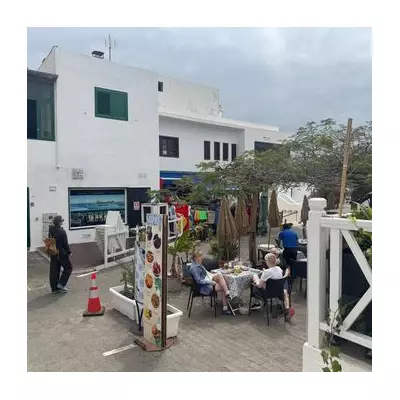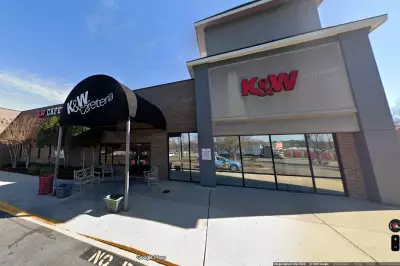
In a dramatic move that's set to redefine California's transportation future, Governor Gavin Newsom has abruptly terminated a massive $600 million highway expansion project, delivering a sharp rebuke to Trump-era infrastructure policies.
The Abandoned Expansion
The controversial plan would have widened a critical 18-mile stretch of Highway 37 in the North Bay region, connecting Marin, Sonoma, Napa, and Solano counties. This major thoroughfare has long been plagued by severe congestion and frequent flooding issues that frustrate thousands of daily commuters.
"This is not just about traffic—it's about our environmental future," declared Governor Newsom, framing the decision as a fundamental shift away from traditional highway-centric solutions.
Environmental Concerns Take Priority
The governor's administration cited multiple environmental red flags that ultimately doomed the project:
- Significant disruption to sensitive wetland habitats
- Increased vehicle emissions contradicting climate goals
- Inadequate consideration of rising sea levels
- Failure to address long-term sustainability
Transportation officials have been directed to explore alternative solutions, including potential conversion to a toll road or elevated causeway designs that would better withstand climate change impacts.
Political Implications and Timing
The decision comes at a politically charged moment, with Newsom positioning himself as a leading voice on climate action within the Democratic Party. His criticism of the previous administration's infrastructure approach signals a clear departure from Trump-era priorities.
"We cannot continue building the transportation network of the future using the planning methods of the past," Newsom stated during the announcement, emphasising the need for innovative approaches to California's chronic traffic problems.
Local Reaction and Next Steps
While environmental groups have celebrated the decision, local business leaders and commuter advocates have expressed concern about worsening traffic conditions. The highway currently serves approximately 40,000 vehicles daily, with projections indicating significant growth in coming years.
State transportation officials now face the challenge of developing alternative plans that balance environmental protection with the region's pressing mobility needs. The situation highlights the ongoing tension between immediate infrastructure demands and long-term sustainability goals in an era of climate consciousness.





